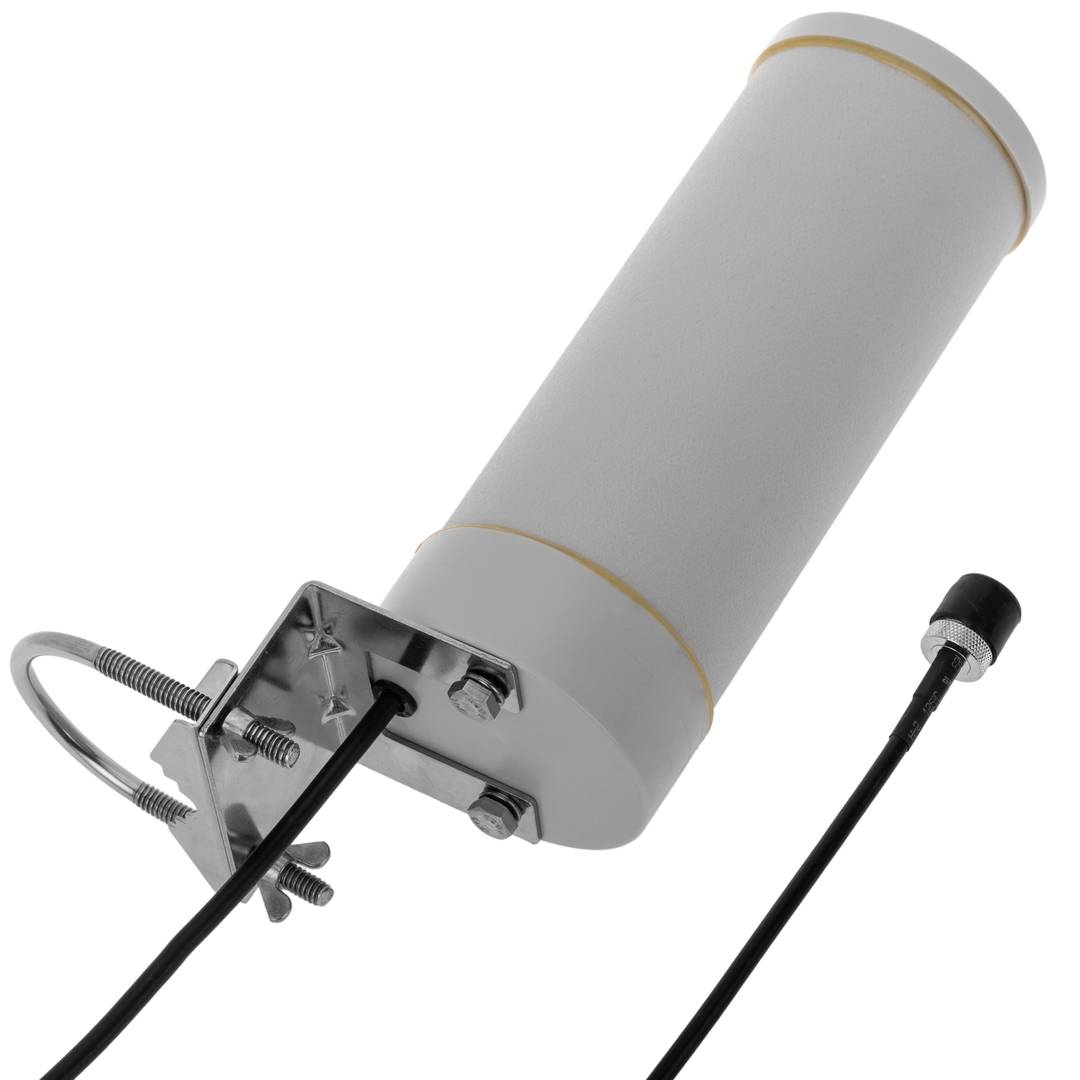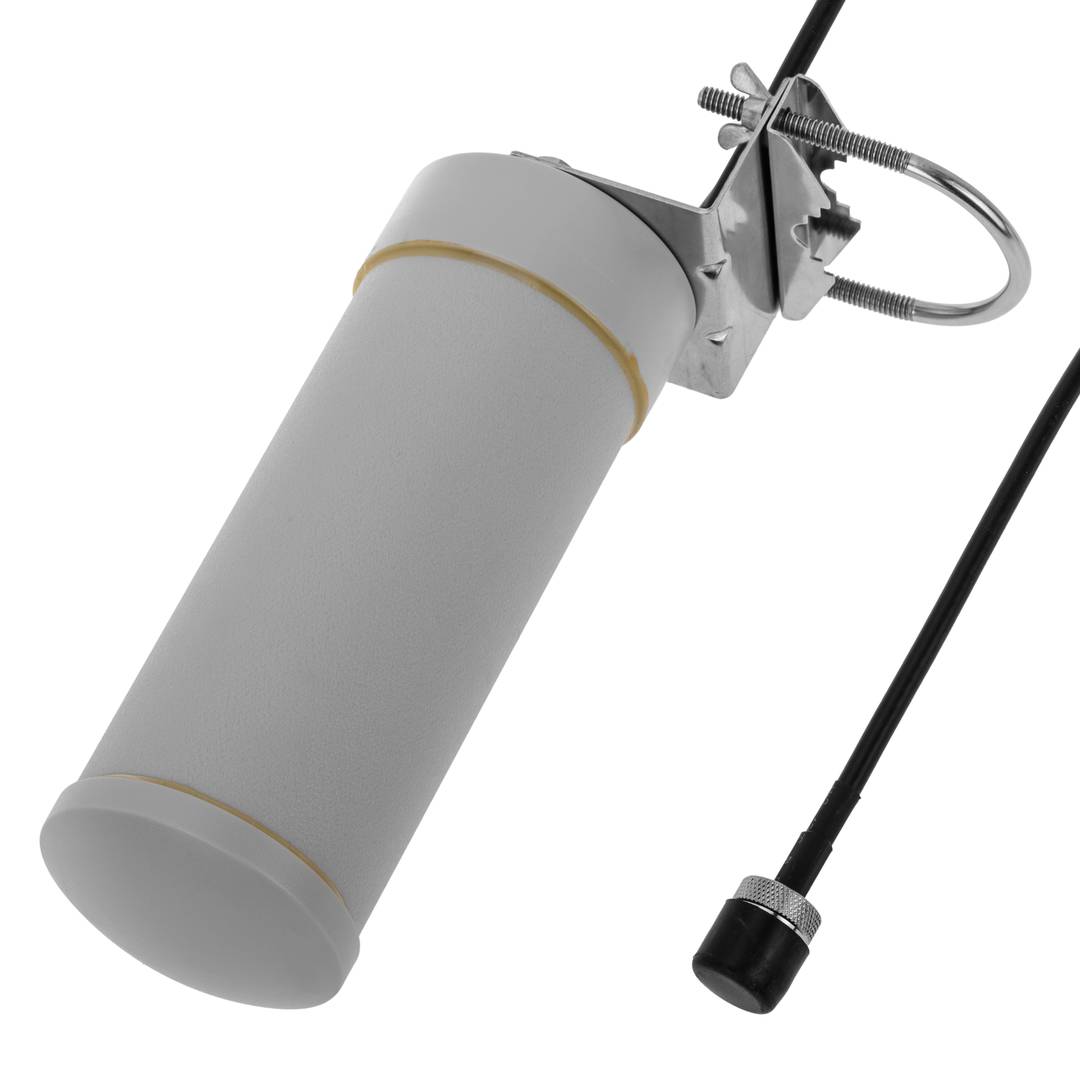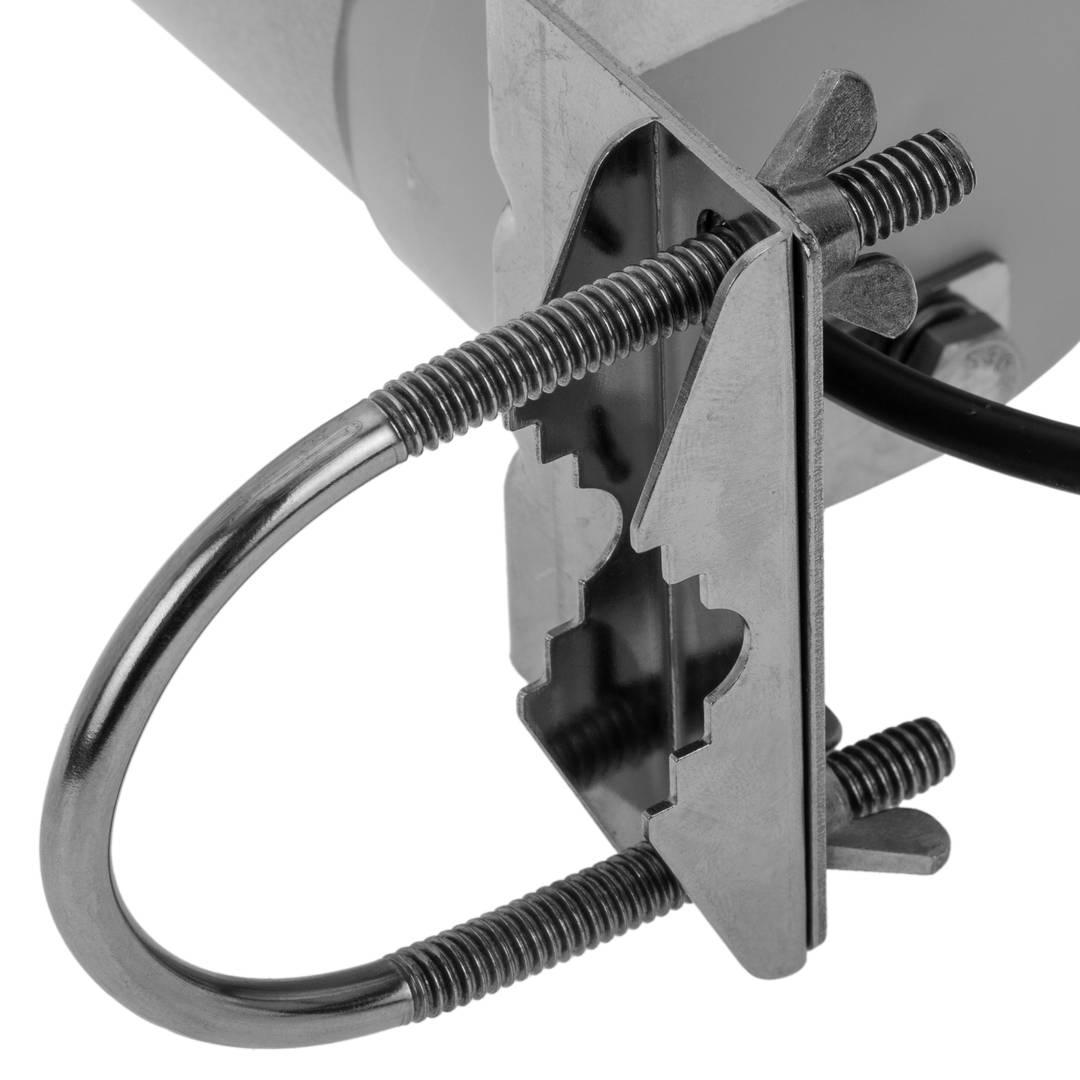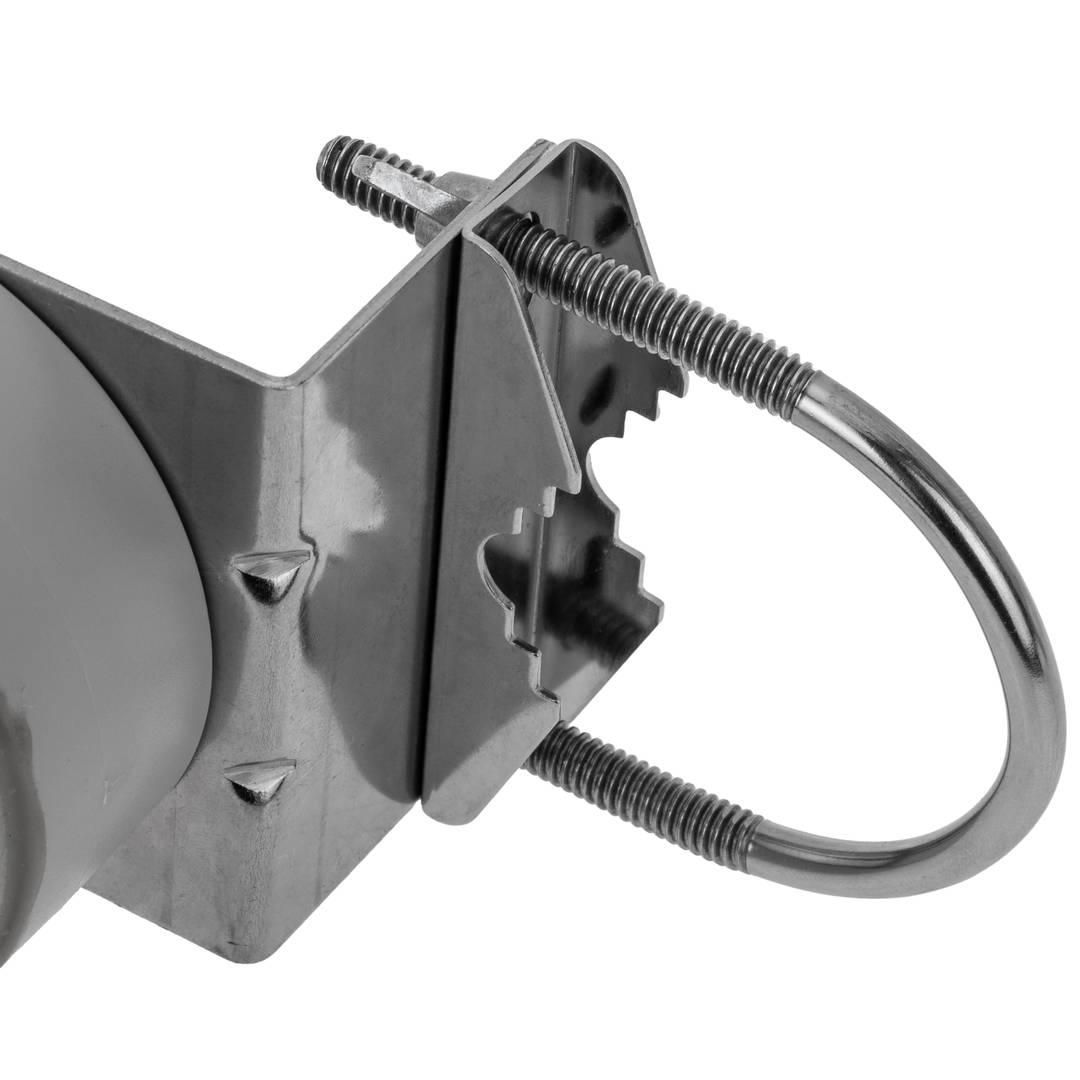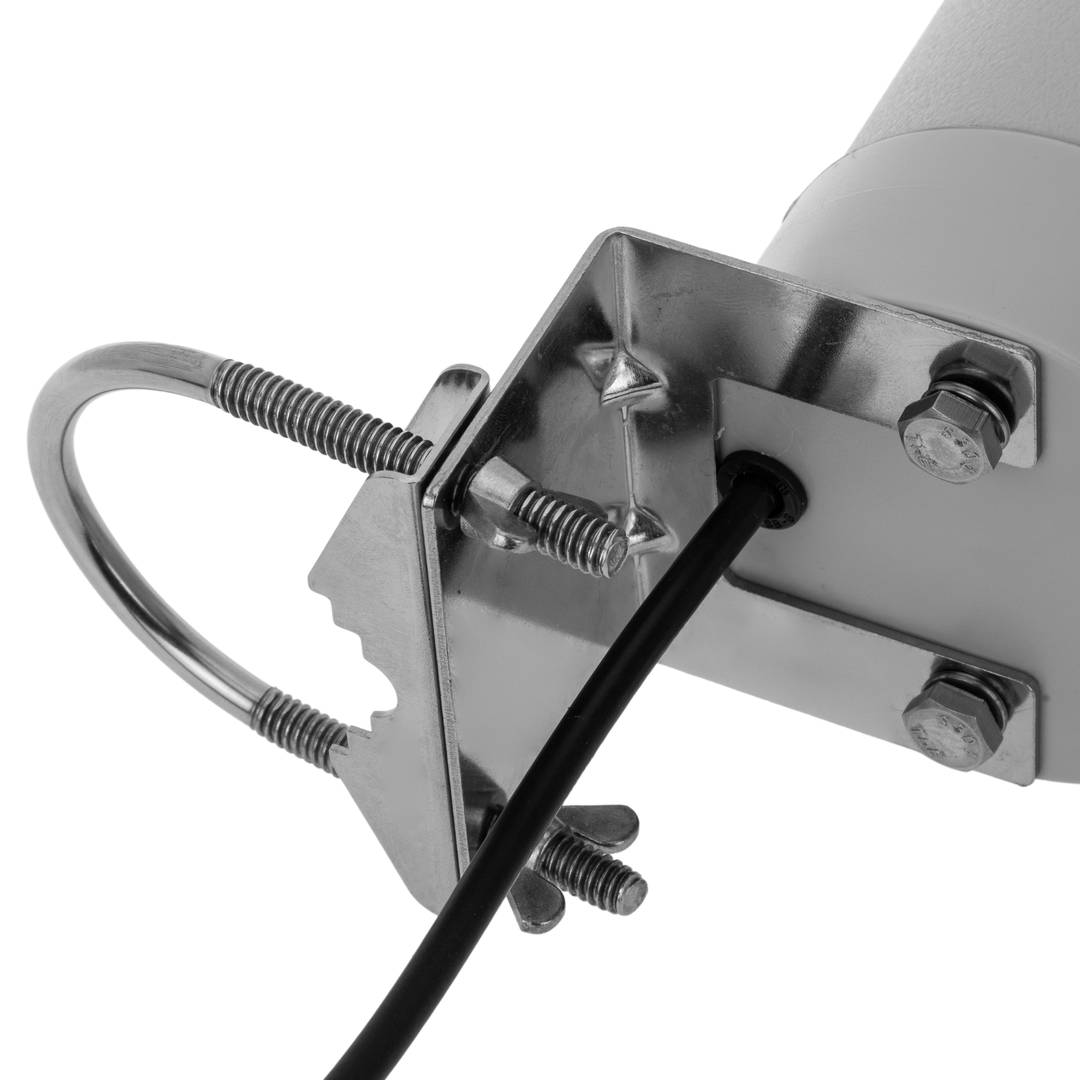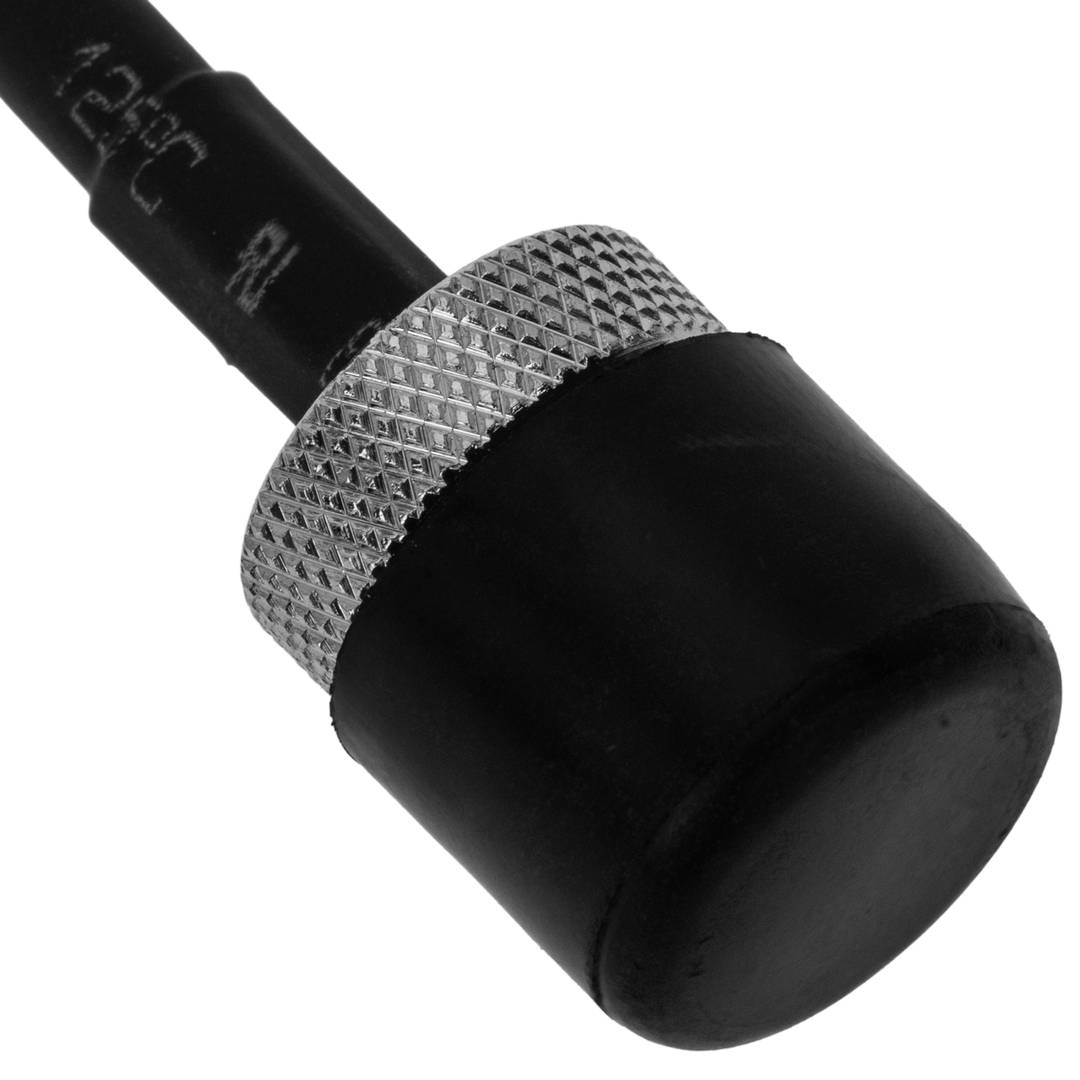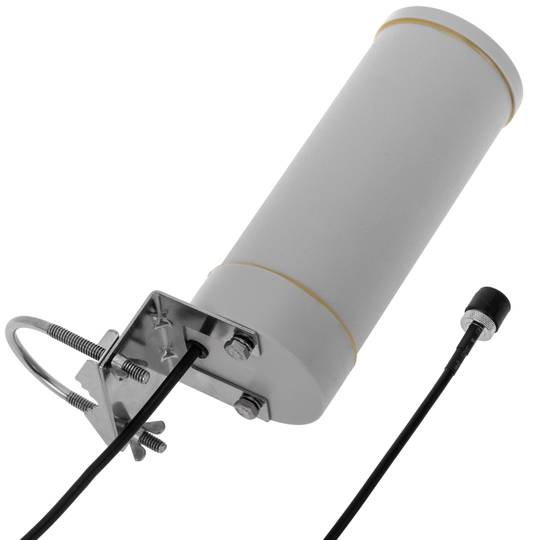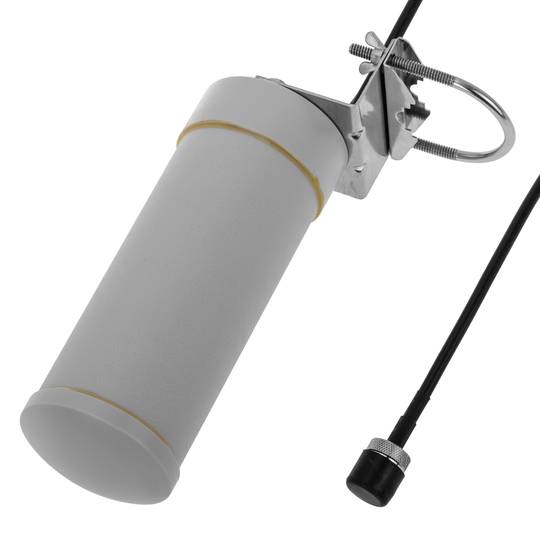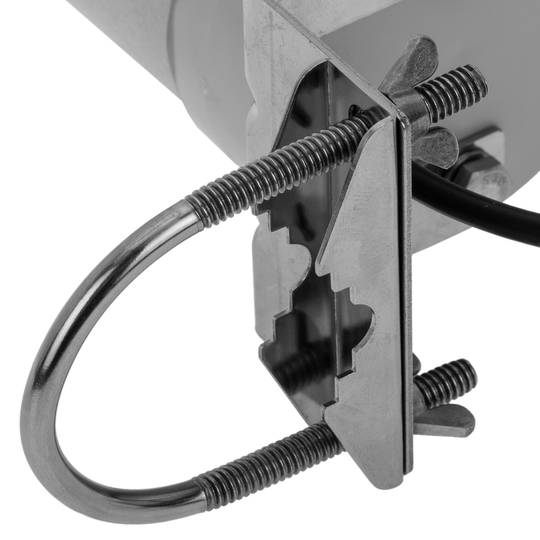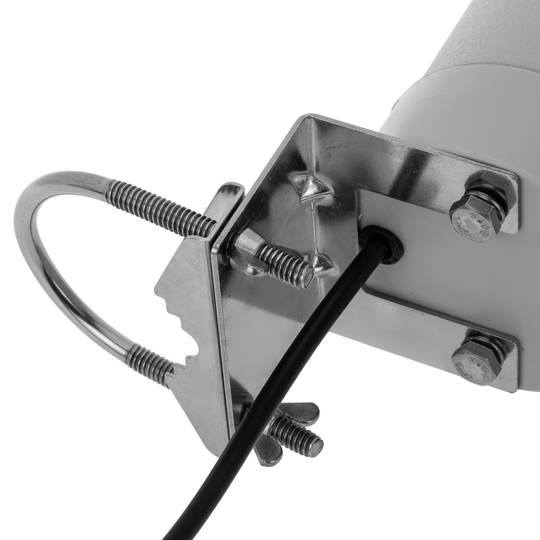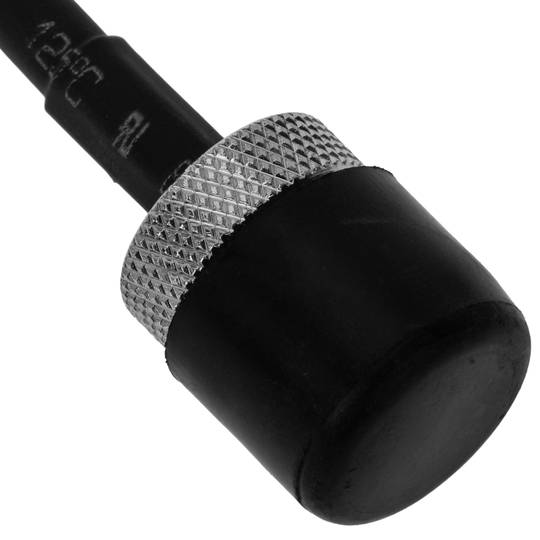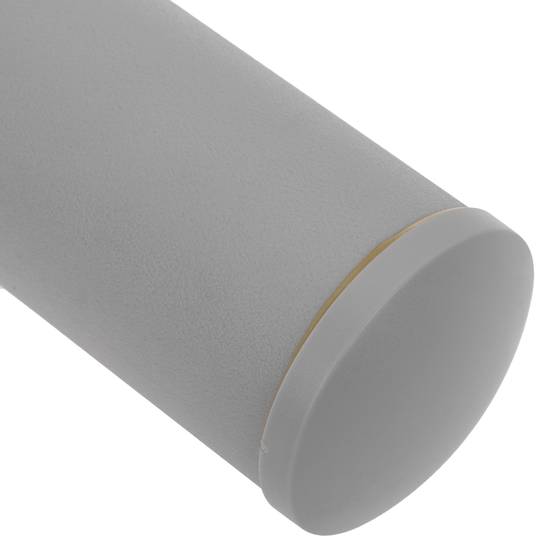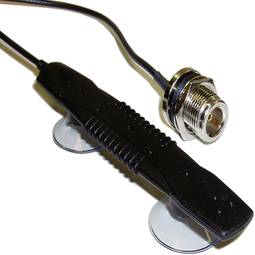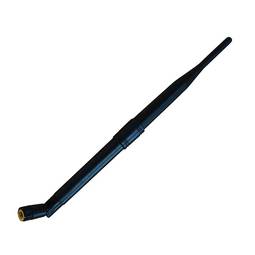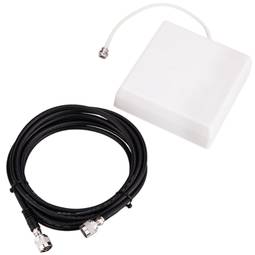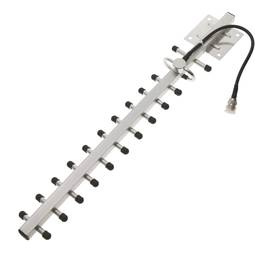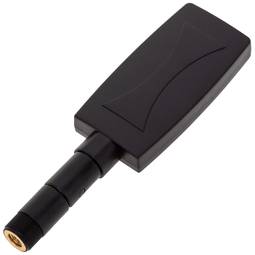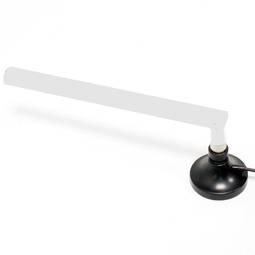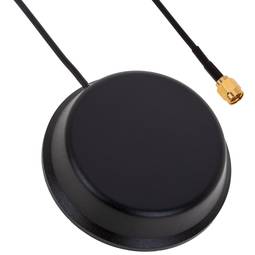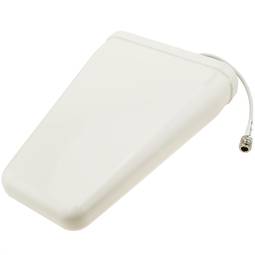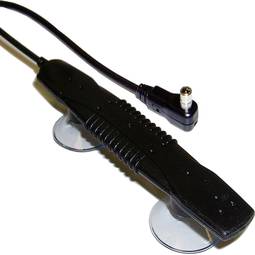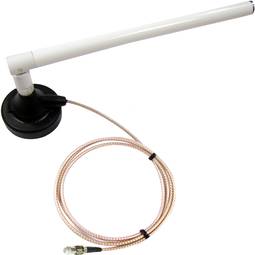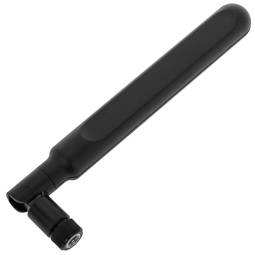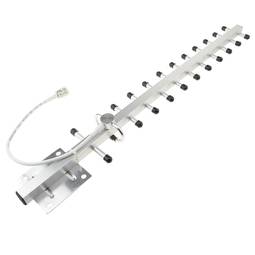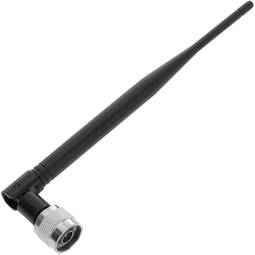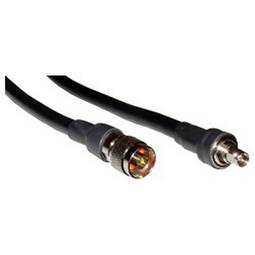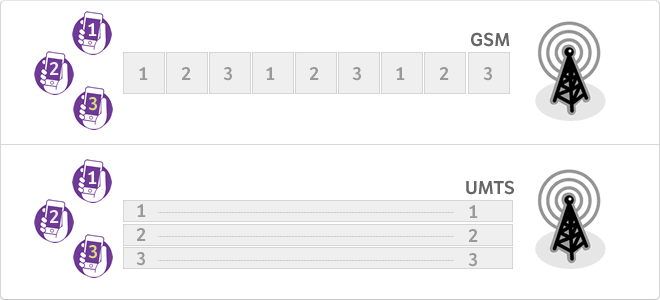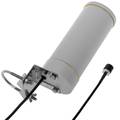11/22/2025 8:11 a.m.
http://stage.cablematic.com/en/products/4g-lte-gsm-wcdma-umts-gsm-n-aerial-connector-and-gain-70dbi-GS033/
http://stage.cablematic.com/en/products/4g-lte-gsm-wcdma-umts-gsm-n-aerial-connector-and-gain-70dbi-GS033/
4G LTE GSM WCDMA UMTS GSM N Aerial connector and gain 7.0dBi
REF: GS033
Specifications
- Supported frequency: 700-960 MHz and 1700-2700 MHz.
- VSWR: <= 2.0.
- Ganold: 7 dBi.
- Polarization: Vertical linear.
- Action radius: horizontal 360 ° and vertical 60 °.
![play_button]() Watch video
Watch video
More info
PVP
€76.20
Price including VAT:
€93.73
PVD
€66.37
PVP: Retail price.
Check conditions.
PVP: Sale price to distributors.
Check conditions.
warranty
returns
safe
Specifications
- Supported frequency: 700-960 MHz and 1700-2700 MHz.
- VSWR: <= 2.0.
- Ganold: 7 dBi.
- Polarization: Vertical linear.
- Action radius: horizontal 360 ° and vertical 60 °.
More info
Omnidirectional aerial applicable to 4G, LTE, GSM, WCDMA and UMTS data communication technologies. It is an omnidirectional aerial with adjustable base for fixing to wall or mast. Hose connector based on N-female connector to be coupled to a 4G terminal, 4G router, hub or access point.
Specifications
- Supported frequency: 700-960 MHz and 1700-2700 MHz.
- VSWR: <= 2.0.
- Ganold: 7 dBi.
- Polarization: Vertical linear.
- Action radius: horizontal 360 ° and vertical 60 °.
- Pattern: Omnidirectional.
- Material: beige PC/ABS.
- Weight: 470 g.
- Size: 200 x 74 x 74 mm.
- Connector: N-female.
- Gross Weight: 620 g
- Product size (width x depth x height): 22.0 x 7.0 x 7.0 cm
- Number of packages: 1
- Packages size: 28.5 x 13.5 x 8.5 cm
Technical terms
- Hz
- GSM
- dBi
- UMTS
- MiFi
- 4G
- ABS
Hz
One hertz is one cycle per second, meaning repeating cycle as an event. For example, hertz is applied physics measuring the number of times for a second wave (either acoustic or electromagnetic) is repeated or can be applied, among other uses, to ocean waves that reach the Beach vibrations per second or a solid. The quantity that measures the frequency hertz is called,in this regard, the inverse of the period. One hertz is an oscillation frequency of suffering a particle over a period of one second.


